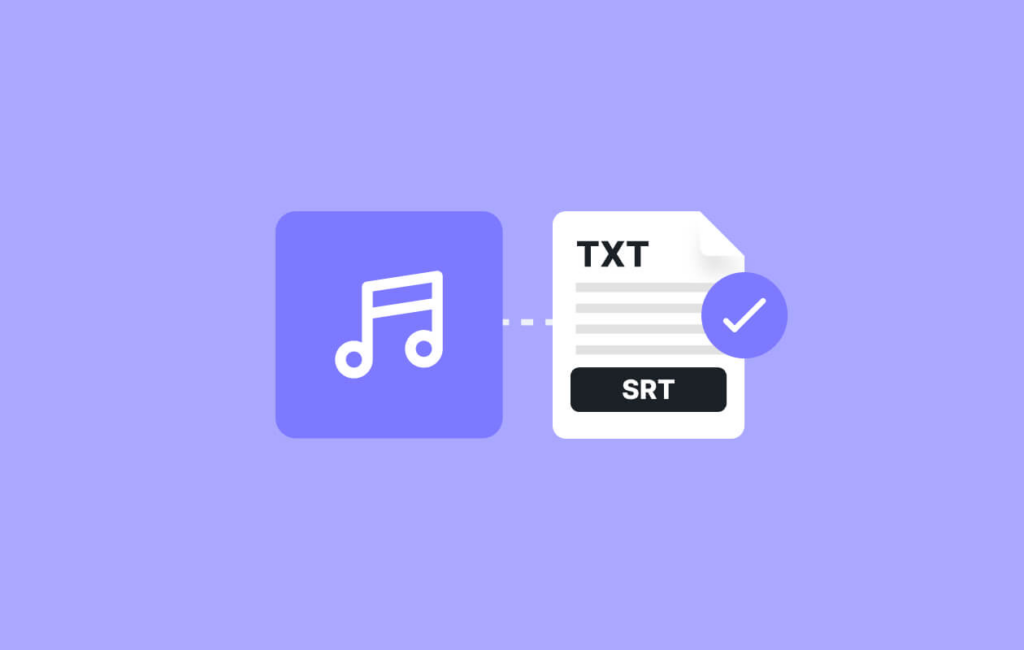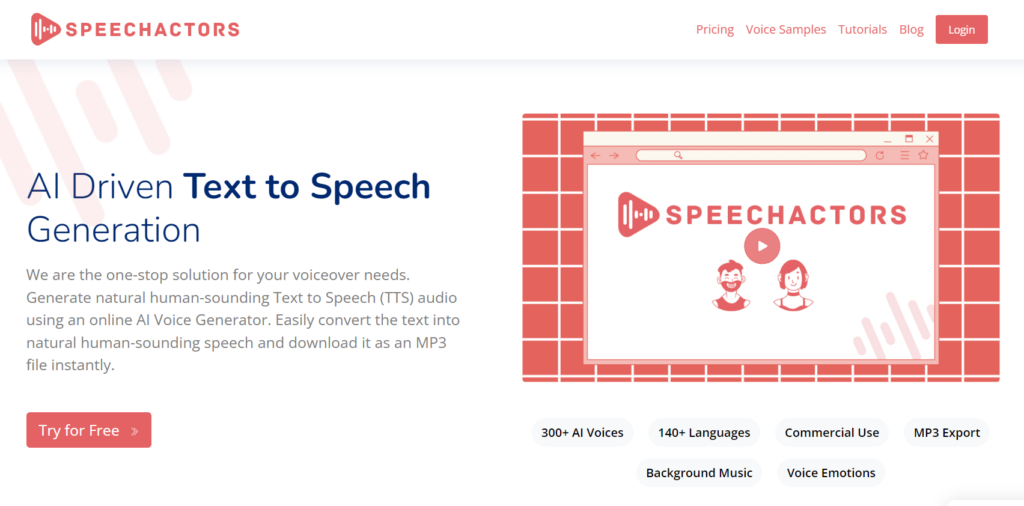Converting audio to text in Word can streamline tasks like transcribing meetings or creating written records from spoken content. This process, often called transcription, involves turning spoken words into written text.
In this article, we will discuss how you can efficiently convert audio to text using Word’s built-in features. We’ll guide you through the steps and offer tips to ensure your transcriptions are accurate and time-efficient.
Understanding Audio to Text Conversion in Word

Audio to text conversion in Word is a handy feature. It turns what you say into written words. This is great for taking notes or writing without typing. To use it, you just speak into your microphone. Word listens and puts your words on the page.
It’s pretty accurate, but you might need to fix some mistakes. This feature saves time and is good for people who prefer speaking over typing. It’s easy to use and helps in making documents quickly.
What Do You Need to Convert Audio to Text?
To convert audio to text, you need a few basic things. First, you need a device like a computer, smartphone, or tablet. These devices usually have built-in microphones, but for better sound quality, you might want a separate microphone.
Next, you need software or an app that can convert audio to text. This could be a specialized program or a built-in feature in apps like Microsoft Word or Google Docs. These programs listen to your voice and convert it into written text.
You need a quiet place to record. Background noise can confuse the software and lead to mistakes in the text. So, a quiet environment helps the software hear you clearly and improves the accuracy of the transcription.
Step-by-Step Guide to Convert Audio to Text in Word
Converting audio to text in Word is a handy trick that lets you change spoken words into written ones right inside a Microsoft Word document. It’s really useful if you have recordings or speech that you want to see as text.
This guide will show you each step to do that easily.
Step 1: Open Microsoft Word
Step 2: Find the ‘Dictate’ button and select ‘Transcribe’
Step 3: Upload your audio file or start recording directly
Step 4: Let Word transcribe the audio to text
Step 5: Edit and format the transcribed text
How Accurate is Word’s Audio-to-Text Conversion?
Microsoft Word’s audio-to-text feature is pretty good at turning spoken words into written text. It uses advanced tech to understand what you’re saying. But how well it works can depend on a few things, like how clear the audio is or if you have a strong accent.
In a quiet room with clear speaking, Word can be really accurate, sometimes even getting 95% of the words right. But in a noisy place or with lots of technical terms, it might make more mistakes. It’s not perfect, but it’s handy for quick notes or when you can’t type.
Remember, it’s always a good idea to check the text after. This helps catch any mistakes and makes sure your message is clear. Word’s tool is a big help, but a quick review makes it even better.
Can You Convert Any Audio File to Text in Word?
Yes, you can convert audio files to text in Word. This is handy if you want to see what’s said in an audio file without listening to the whole thing. Word has a feature called ‘Transcribe’ that does this. It’s part of Microsoft 365.
To use it, open Word and find ‘Dictate’ on the Home tab. Then, click ‘Transcribe’. You can upload your audio file there. Word listens to the file and turns the words into text. It even splits the text by who’s speaking if it’s clear.
Remember, this works best with clear audio. If the audio is noisy or the words are not clear, the text might not be accurate. But for clear recordings, it’s a great tool to quickly turn spoken words into written text.
Try SpeechActors For Free

SpeechActors is a free online tool for producing realistic AI voices. It provides a diverse range of over 300 voices in more than 140 languages. One of its unique aspects is its high-quality sound output.
This tool is great for adding a touch of reality and emotion to your voice, helping you to express emotions effectively. SpeechActors is user-friendly since it is web-based, therefore there is no need for program installation.
In a matter of seconds, you can create a realistic-sounding voice online. It’s really simple to use, and you have complete control over the voice’s pace, emotion, and tone, making it ideal for a variety of tasks.
SpeechActors Features:
- Over 300 voices for a versatile auditory experience.
- Control the voice speed along with the pitch of the voice.
- There’s a Word Emphasis feature to make certain words stand out.
- Over 140+ languages are available to cater to a wide user base.
- Multiple accents are available.
- You can add emotions like happiness, sadness, or excitement to the voice.
- An Affiliate Program is available, offering up to a 25% commission rate.
FAQs
How do I convert audio to text in Word?
To convert audio to text in Word, you can use the built-in transcription feature. First, open a Word document. Then, go to the “Home” tab, click on “Dictate,” and start speaking. Word will transcribe your audio into text in real-time.
Can I use any audio file for transcription in Word?
Yes, Word supports various audio file formats like MP3, WAV, and M4A for transcription. Just make sure your audio file is clear and of good quality to get accurate results.
Do I need an internet connection for audio to text conversion in Word?
Yes, you’ll need an internet connection because Word uses cloud-based speech recognition for transcription. It sends your audio to Microsoft’s servers for processing and then returns the text.
Is there a limit to the length of audio I can convert to text in Word?
Yes, there is a time limit for continuous transcription in Word, typically around 5 minutes. If your audio exceeds this limit, you may need to transcribe it in shorter segments or use specialized transcription software for longer recordings.
Conclusion
Converting audio to text in Word is easy and quick. You can make notes or get transcripts without typing. SpeechActors Online TTS tool is great for this. It’s user-friendly and turns your audio into accurate text.
Try SpeechActors and see how it makes your work simpler. It’s a smart choice for anyone looking to save time and effort in documenting audio content.
